The ground offensive dimmed hopes for an immediate ceasefire that the US, Egypt and Qatar had been pushing for months. Before Israel deployed troops in preparation for the offensive, Hamas agreed to a ceasefire proposal that the Israeli government quickly rejected.
Some 1.3 million Palestinians - more than half of Gaza's population - are trapped in Rafah because no other suitable shelters have been planned. Israel has begun ordering Palestinians to evacuate areas of Rafah, sending them to what residents now say is a makeshift tent camp with poor conditions.
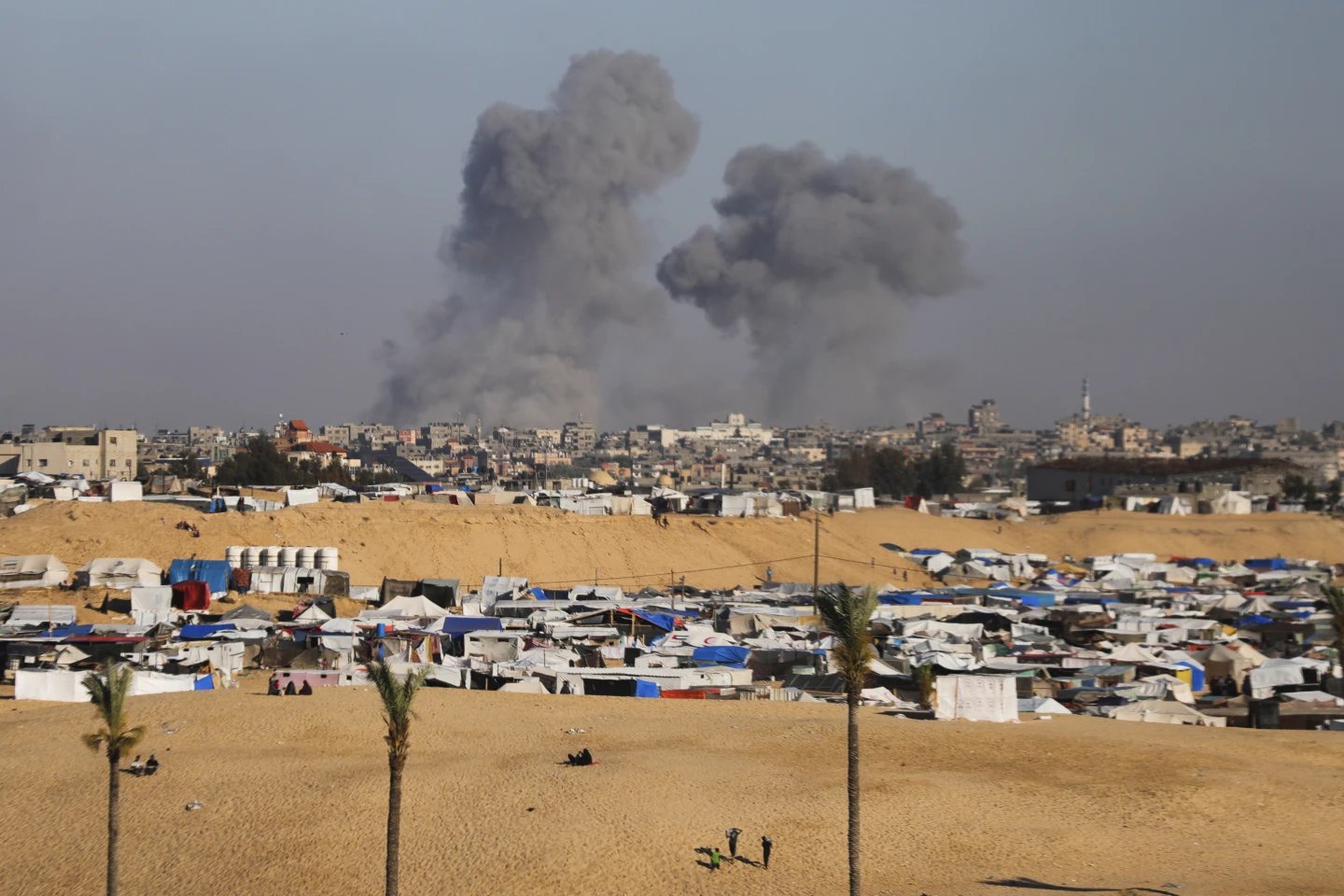
Smoke rises after an Israeli airstrike east of Rafah on May 6. Photo: AP
Where will Palestinian civilians be evacuated to?
On May 6, Israel issued an evacuation warning for the eastern Rafah area, where some 100,000 Palestinians are sheltering. Israel encouraged evacuees to move to Muwasi, an area that Israel has declared safe, with a field hospital, shelter materials and other facilities to be provided. The United Nations and aid agencies said Muwasi was not ready to provide shelter for tens of thousands of evacuees.
Muwasi stretches about 8 km along the coast from Rafah to Khan Younis. Early in the war, Israel unilaterally declared it a "humanitarian zone" where civilians would be safe. According to UNRWA, the United Nations agency for Palestinian refugees, Muwasi is now home to more than 450,000 displaced Palestinians.
Dozens of Palestinians arrived in Muwasi on May 6, according to AP reporters. Although there were dozens of empty tents nearby, there was little sign of preparation for the large influx of people expected. Other Palestinians across Rafah, even those outside the evacuation zone, decided to head to central Gaza or Khan Younis instead of Muwasi.
Residents said toilets were scarce and running water was scarce in Muwasi. Many people dug holes outside their tents to relieve themselves, avoiding long lines at public toilets. Residents sometimes had to wait hours to get drinking water from water tankers that were delivered to various locations in the camp.
Some of the camp’s stalls sell tent-setting equipment, canned goods and basic vegetables like tomatoes and potatoes at inflated prices. A kilogram of potatoes costs about $6, which is prohibitive for most people. Building a tent from wood and nylon costs about $500, while buying a ready-made tent costs twice that.
"The Al-Mawasi area is overcrowded with more than 400,000 people. It does not have the facilities to accommodate more people and is no safer than other areas of Gaza," said UNRWA Commissioner General Philippe Lazzarini.
How did the international community react?
The Egyptian Foreign Ministry said on May 7 that "the dangerous escalation threatens the lives of more than a million Palestinians who depend heavily on this crossing as it is the main artery of the Gaza Strip," referring to the Rafah crossing.
Egypt, a strategic partner of Israel, has said that an Israeli military occupation of the Gaza-Egypt border, or any move to push Palestinians into Egypt, would threaten its four-decade-old peace deal with Israel.
The US has urged Israel not to carry out the operation without a “credible” plan to evacuate civilians. “The president does not want to see operations in Rafah that pose a greater risk to the more than a million people who are sheltering there,” White House national security spokesman John Kirby said on May 6.
Hoai Phuong (according to AP)
Source: https://www.congluan.vn/nguoi-dan-palestine-o-rafah-se-ra-sao-khi-xe-tang-israel-dang-tien-den-post294810.html




![[Photo] Party and State leaders attend the special art program "You are Ho Chi Minh"](https://vphoto.vietnam.vn/thumb/1200x675/vietnam/resource/IMAGE/2025/5/18/6895913f94fd4c51aa4564ab14c3f250)
![[Photo] Many young people patiently lined up under the hot sun to receive a special supplement from Nhan Dan Newspaper.](https://vphoto.vietnam.vn/thumb/1200x675/vietnam/resource/IMAGE/2025/5/18/6f19d322f9364f0ebb6fbfe9377842d3)
![[Photo] Ready for the top competitions of Vietnamese table tennis](https://vphoto.vietnam.vn/thumb/1200x675/vietnam/resource/IMAGE/2025/5/18/9c547c497c5a4ade8f98c8e7d44f5a41)
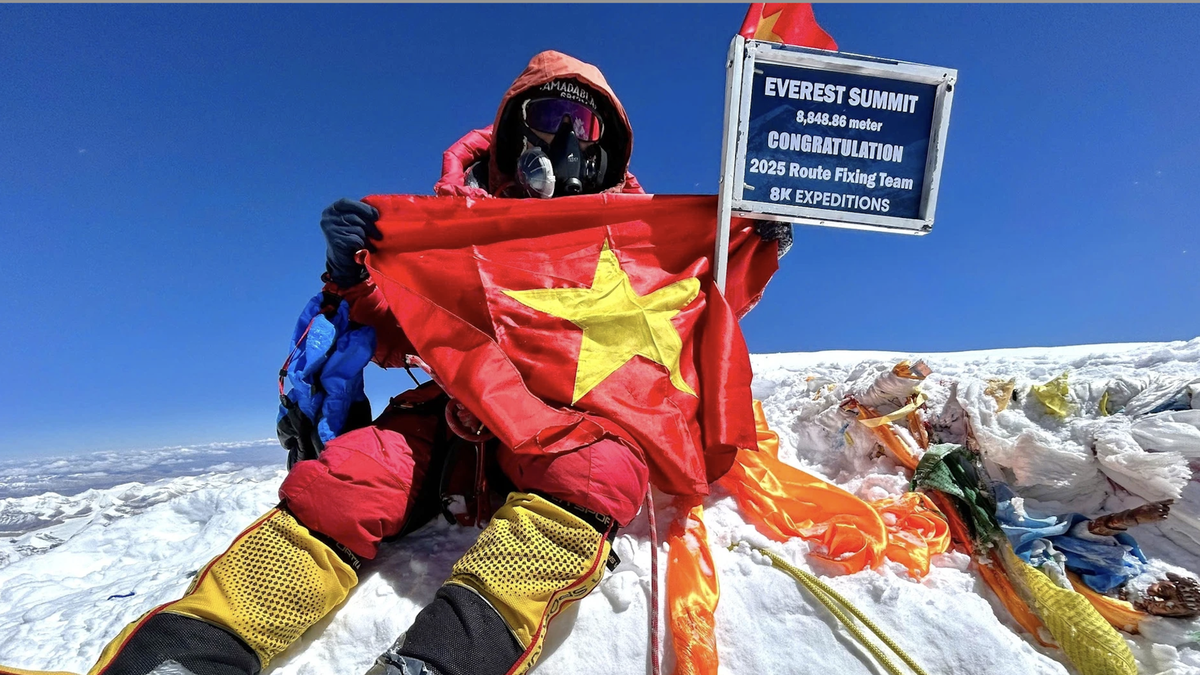

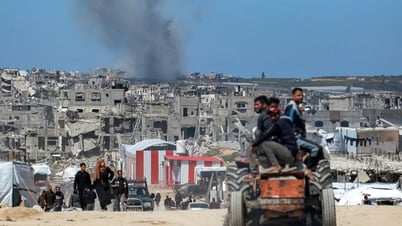

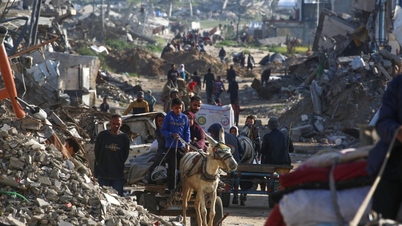

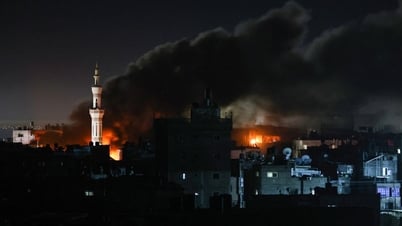

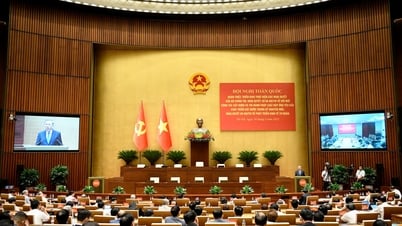


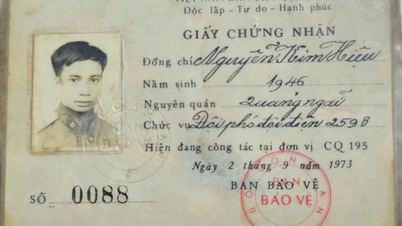



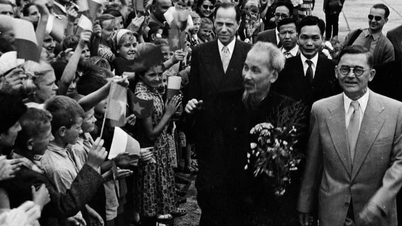

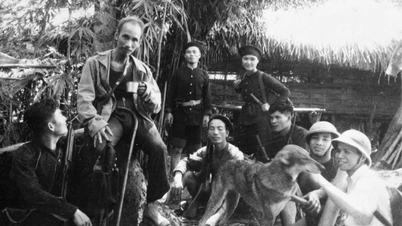




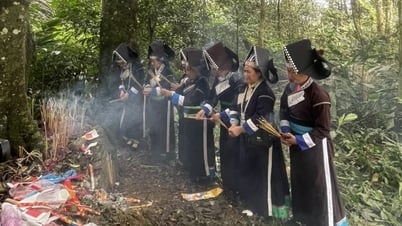
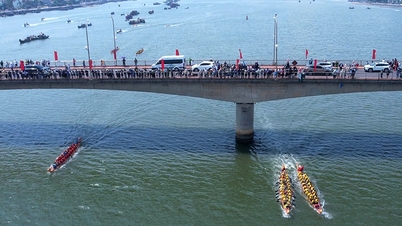
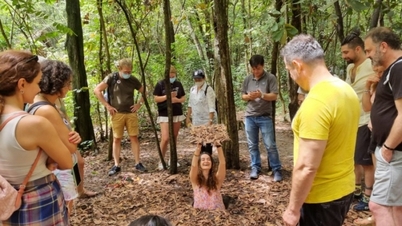

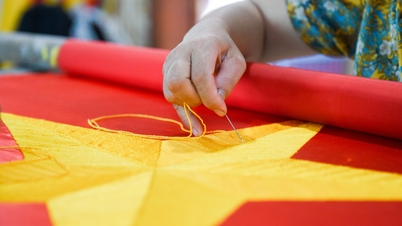







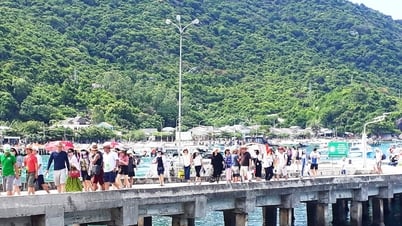






















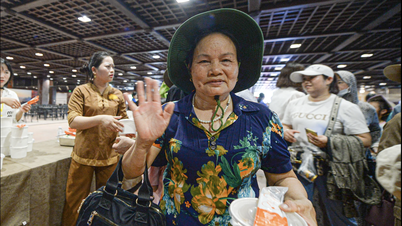






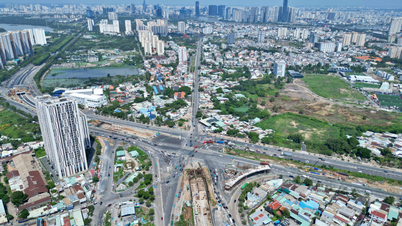

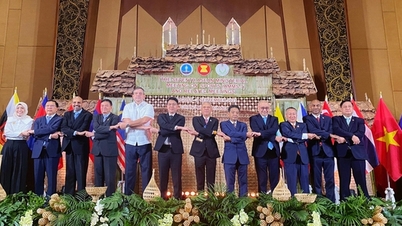



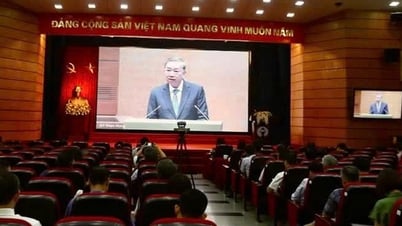
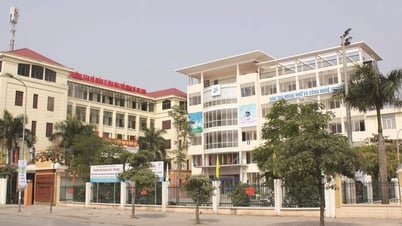

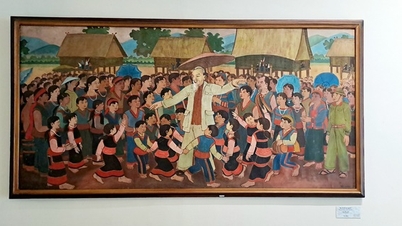



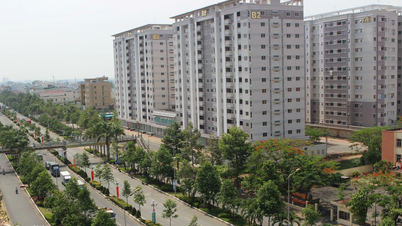

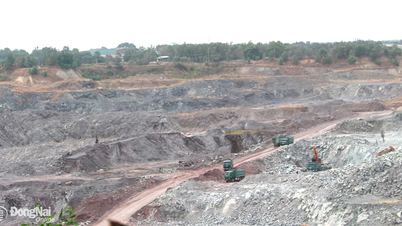













Comment (0)